Home Birth: What You Should Consider
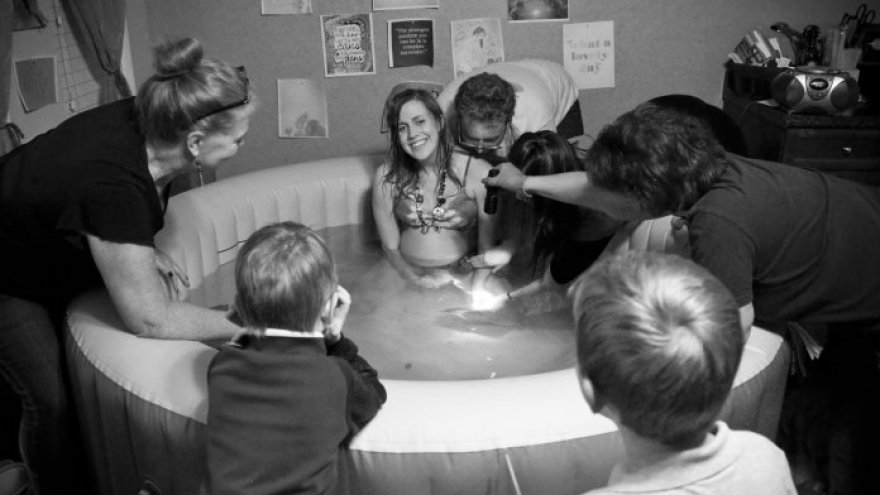
Many expectant mothers might not realize that they have the option to have a home birth rather than a birth that takes place in a hospital. It’s not that the option for a home birth has been unavailable to expectant mothers, it’s just that many expectant mothers might not have really considered the idea.
It’s certainly understandable that expectant moms would at first think to give birth at a hospital (seeing as how a hospital birth is typically the norm), and the idea of a home birth might seem somewhat odd at first, but there are plenty of mothers that have safely brought their babies into this world in the comfort of their own home. Just because a home birth isn’t as popular as a birth that occurs in a hospital, it doesn’t mean that the option is one that doesn’t deserve careful consideration.
If you’re pregnancy is one that is one that is low risk, you might very well decide that a home birth is for you. There’s many benefits to a home birth that can’t be found in your typical hospital birth, and those benefits could make the process of birth more comfortable for both you and your baby.
Factors to take into account
Home births are perfectly safe, but before you decide to have a home birth, you need to make sure that you’re healthy enough to go through with it. If your pregnancy is low risk and you don’t have diabetes, high blood pressure, or toxemia—a home birth is an option you can consider. If you’ve experienced pregnancy complications such as premature labor, or if your baby is in breech position (meaning the baby is in position to come out feet first as opposed to head first) then it’s not safe for you to have a home birth.
And of course, if you do want to have a home birth, you should only do so if both you and your partner agree that it’s the right course of action. If everyone isn’t on board, you won’t get the full benefits of a home birth. Much of the benefits of home birth are about feeling more psychologically comfortable during the birth, so you need to make sure your partner is comfortable too.
Selecting a midwife
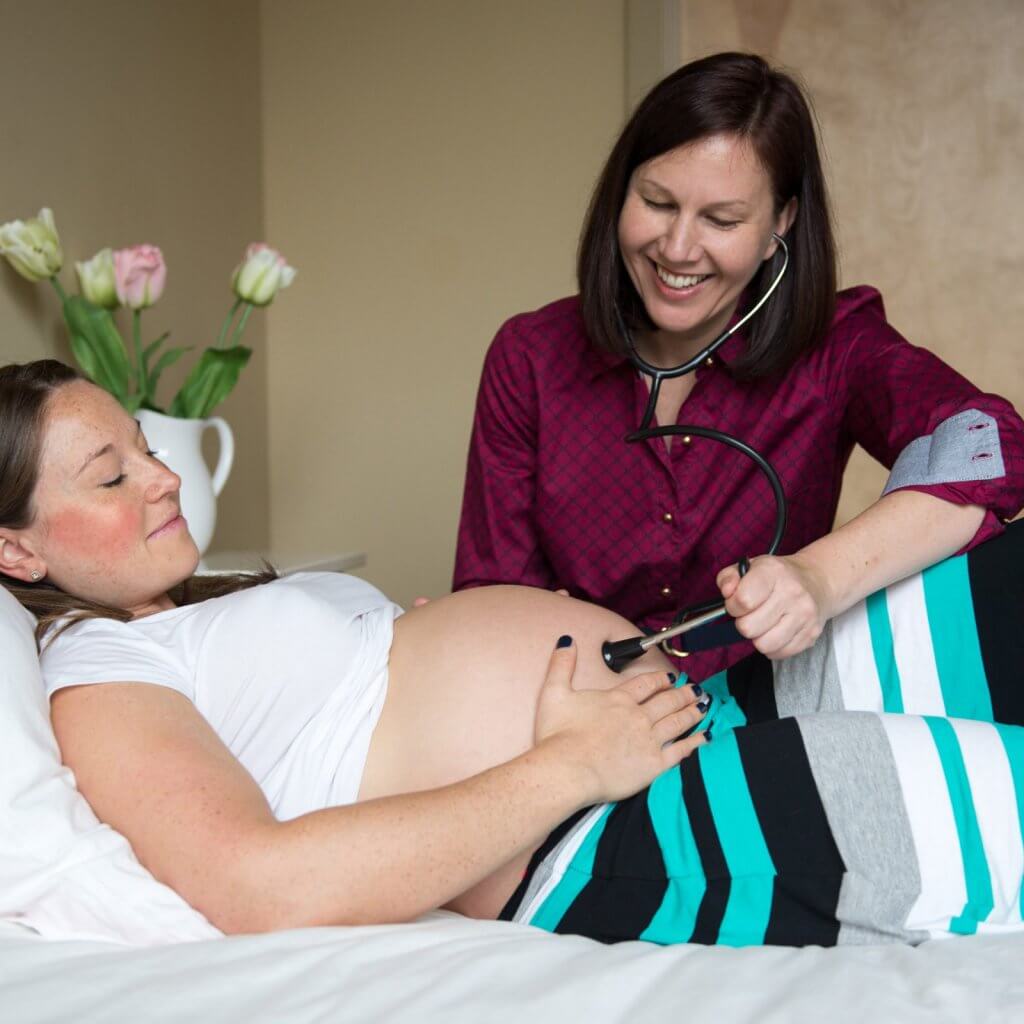
The first thing you need to do before you begin the preparation of your home, is to make sure that you have a midwife who makes you feel comfortable. More often than not, expectant mothers work with one specific doctor throughout the duration of the pregnancy, and the mother usually feels more at ease and safe during the actual birth process when the one providing assistance is someone they know well. Just because you’ve decided to have your baby at home doesn’t mean you won’t be undergoing the routine checkups and testing that occur during pregnancy, but when the time comes to deliver the baby, you need to have someone that you trust and someone who makes you feel confident, comfortable, and safe. It’s best if you outline a plan with a midwife, obstetrician, and doula (someone who is not a medical professional, but has been trained to help with births and will be there for you at the time of birth) before you make your decision.
Make sure the midwife you decide to go with is certified to deliver babies at home before you make your choice.
The home birth setup
If your having a home birth, you have to make sure you have the proper setup. The midwife you select is going to bring all the proper equipment and take all the necessary precautions, but you need to make sure your midwife plans to bring the following equipment and items, and it’s important that you know what will be brought.
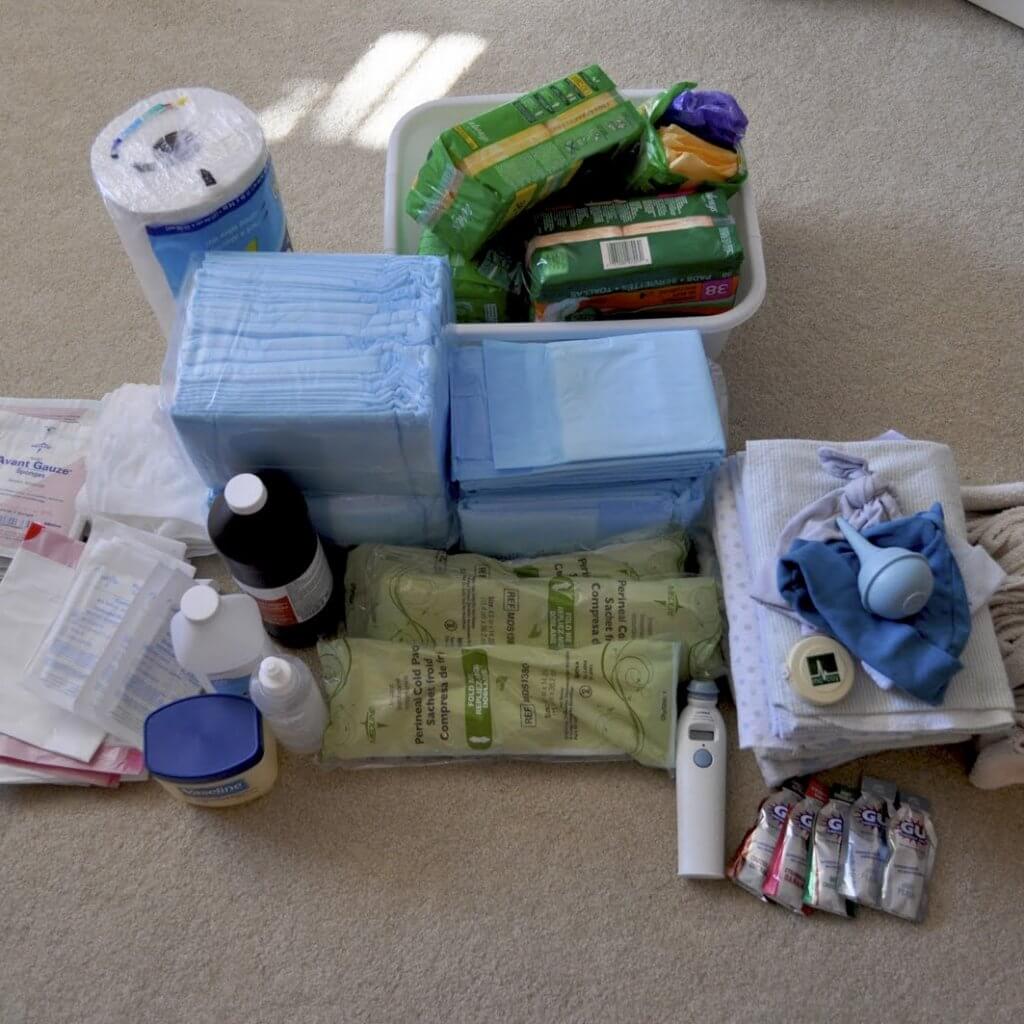
- Oxygen for the baby just in case it’s needed
- Medications that either slow or stop any hemorrhaging
- Homeopathic and herbal medicines
- An IV for you in the event that you experience extreme dehydration
- Ultrasonic stethoscopes and fetoscopes
- Sterile gloves, a cotton hat for your baby, drop cloths, waterproof covers for your bed, and a pan that will be used for giving your baby a sitz bath (a type of bath where only the buttocks and hips are submerged in water) following the birth.
- A thermometer
- Any tools or items that are needed for suturing tears
- Infant resuscitation equipment
Even though you’ll have all the necessities to ensure you’re properly prepared for a home birth, you need to make sure that you can reach a hospital within 30 minutes in the instance that you need to be transferred due to any unforeseen issues that might arise.
The benefits of being in the comfort of your own home
One of the top benefits of being in your home when giving birth is simple: it’s your home, meaning you have more control of the situation than you would if you were giving birth in a hospital, and the birth is about you and only you. Of course, you’ll still need to take the advice and work cooperatively with your midwife, but a home birth makes it so that you and your needs and your baby’s needs are the sole focus of the procedure.
In hospitals, many babies are being born all around the same time, which means that nurses and doctors have to go around the hospital and check on every individual birth. In the case of a home birth, there’s no one else receiving care but you and your newborn. If you experience any sort of problem, difficulty, discomfort, or fear—your midwife will be there for you every step of the way to make sure you feel safe and comfortable during the entirety of the birth process. No one is going to be leaving your side, and in addition to having someone there for you at all times, you’ll be in a place that you’re more familiar with.

Home births also make it so that you don’t have to prepare yourself to rush to a hospital. Again, there is a slight chance you may need to be transferred to a hospital in the event that severe complications arise, but no matter what you’ll have a better idea of what to expect and you won’t have to experience the stress of immediately getting to a hospital once you’ve gone into labor.
Your home is a place that brings you comfort, and it’s important that you’re in an environment that can give you the comfort you need during such an overwhelming process. You’ll be giving birth in your own domain, which means you have much more control and you don’t have to wait to receive the care you need.
Minimum medical intervention
When you’re giving birth in your own home as opposed to giving birth in a hospital, you’re going to get less medical intervention from doctors. This means that you can avoid interferences such as epidural anesthesia which creates risks for both you and your newborn.
There are also many instances in which any difficulties with the birth process can be solved simply by simply having the mother change positions, or providing the mother with better hydration and food, and these aren’t methods that are typically practiced in hospitals.
Less medical intervention also means that you’re not going to be separated from your newborn following birth. This ensures that your baby’s immune system will be able to function better due to a lack of stress that would otherwise occur during the baby’s separation from the mother. Also, no separation makes it so that your baby can immediately begin breastfeeding, which allows for better protection from infection.
Infection will also be further prevented because your midwife will not wash off the vernix which covers your baby. The vernix is the waxy substance that coats the skin of your newborn, and this coating has an antibacterial effect. Typically, during hospital births the vernix is wiped away immediately—but with minimum medical intervention—the protective layer will stay on, making sure your baby is safe from infection.
Other Drawbacks to Hospital Births

Women often turn to hospitals for giving birth due to the controlled environment, and access to emergency medical personnel in case something goes wrong. It turns out however, that the controlled nature of a hospital can end up being part of the problem.
Mothers in hospitals are usually confined to one position, aren’t allowed much rest, and can sometimes be subject to unnecessary interventions that can further complicate things. The confinement to one position often causes more pain than if the mother were to be allowed to change positions during labor. Some studies have shown that hospital births are no safer than home births (for mothers with no special complications) and were more likely to intervene when unnecessary.
These studies also show that infections and complications are more likely to occur at hospitals. Hospital settings often have limited privacy and often limit the involvement of the mother’s partner.They also often have nurses and doctors on set schedules, meaning that people will often be switched out during the labor and delivery process. Hospitals births are also incredibly expensive if the parents are uninsured, costing around $10,000 in most cases.
Home births are affordable
Home births provide you with comfort and stability, but home births are also much more affordable than births that take place in hospitals. A hospital birth could cost you anywhere between $8,000 and $20,000, while the typical cost of a home birth costs between $2,000 and $5,000.
Home births are a bonding experience
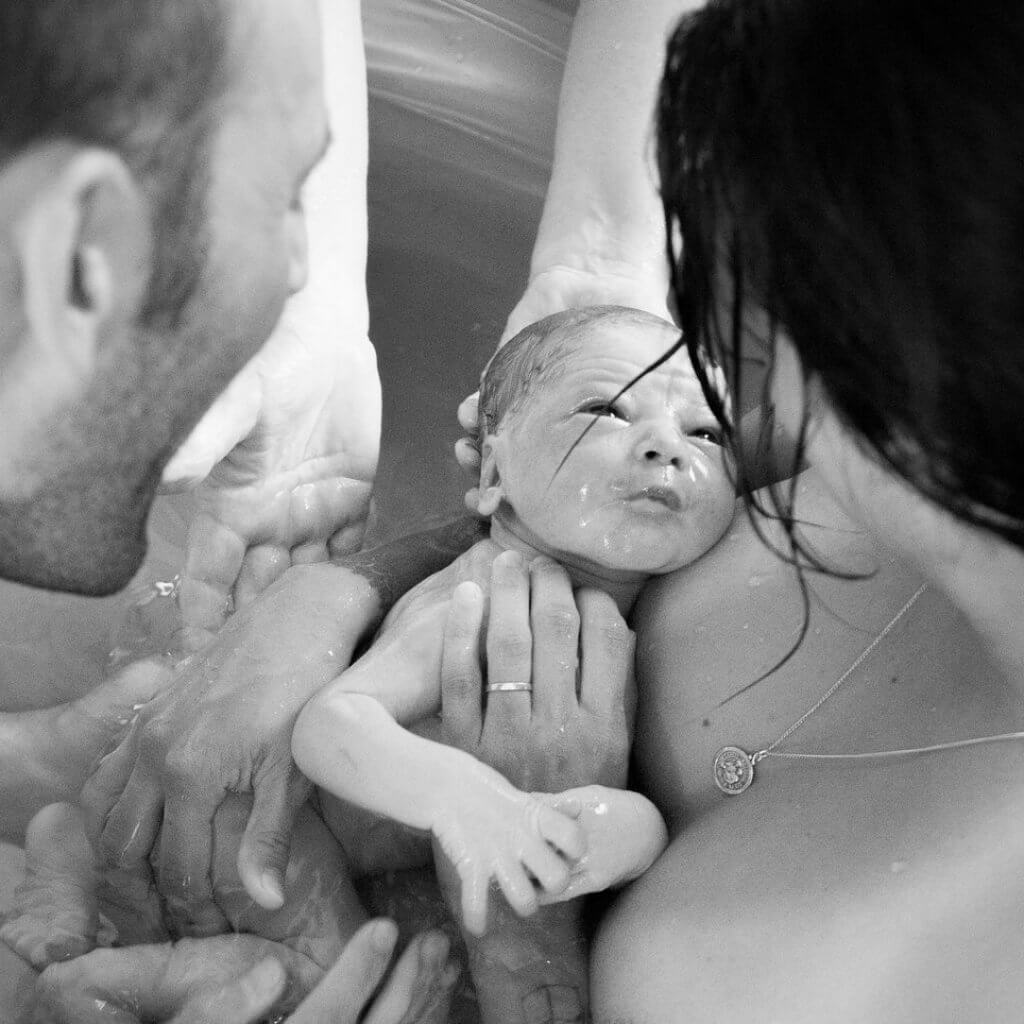
Since the birth of your newborn will be taking place in your own home, you’ll be able to have your closest family members and friends around. During hospital births, certain individuals aren’t always allowed in the room. When you’re at home, you can have anyone and everyone who brings you comfort to aid you during the birth process.
Not only will you have the comfort of all of your close relatives and friends, but you’ll get to bond with your relatives and friends. Giving birth to new life is an absolutely incredible experience—and while it can be difficult—sharing the experience of a home birth with family members and friends will bring the ones you hold closest to your heart even closer. You get the support that you need, and you’ll get an indescribable bonding experience like no other.
The idea of having a home birth might seem a little scary at first, and that’s totally understandable. Home births aren’t exactly the standard method, and that deviation from the standard might intimidate you a little bit. Just because home birth isn’t the most common practice, it doesn’t mean that it’s the wrong way to go. A home birth is perfectly natural and safe, giving you the chance to bring your newborn into this world while getting the comfort you won’t be able to find in a hospital.
What Else to Expect With a Home Birth

Home births do occur in a less controlled environment as hospitals, however, it is far from a lonely process. With home births, mothers have the care of trained midwives to help with the labor and delivery process, provide medical relief, and support the mother with any need that comes up.
Ideally close friends and family members should be present to support the mother as well. The mother will also have medical resources on-hand as well. The midwives will come with oxygen for the baby if needed, IV’s for the mother to provide hydration or nutrients, sterile gloves, gauze pads, covers for the bed, a thermometer, ultrasonic stethoscopes, medications for hemorrhaging, and supplies for fixing any tearing that occurs.
The setting of the home itself tends to be one of the major factors in reducing stress and pain for the mother. Increased anxiety and fear are actually some of the main inhibitors to the body’s natural ability to fight pain. When the mother is relaxed in her own home environment, she is better able to produce the endorphins needed to fight pain.
The mother’s partner will be allowed to be present and involved for the delivery process, along with anyone the mother chooses to be allowed present. The midwives are hired on to be present for the entire labor and delivery process meaning that, unlike a hospital where random medical staff may be switched out due their schedules, the same people will be involved from start to finish. You will also be allowed lots of liberty with what you do during labor.
The midwives don’t use any invasive items in the uterus during the process or separate the mother from the child right away. This helps to put both the mother and child at ease, and allows for proper skin to skin bonding with the mother and child right away. You can switch positions at any time to reduce pain, take a shower to ease stress, and have more access to the food you want and need.
In this environment, the mother has control of what interventions are implemented, unless unforeseen emergencies arise that require a trip to a nearby hospital for a cesarean section. In addition to the added ease home births offer, the financial ease is very significant. Hiring midwives for home births typically costs in between $1,500 and $3,000 and can be covered by insurance.
The Option of Water Births

Water births are a type of birth that is becoming increasingly popular. Water births are also typically done at home and involve all the elements of a typical home birth. The difference is that the mother sits in a small pool of warm water throughout the labor process. Some mothers choose to fully deliver their baby into the water itself before the baby takes his or her first breath. The water birth option is favorable for many reasons. The buoyancy of the water creates an environment that allows for the mother to change positions quickly and easily to achieve the most comfort possible.
This results in less pain for the mother and more oxygenation for the baby. The warm water is soothing to the mother, easing the stress of the process overall. The risk of tearing lessens, too, as the warm water relaxes the perineum. All of this physical and mental relaxation allows the mother to better concentrate on the birthing process. If the mother chooses to deliver the baby in the water it is a great way to provide a smooth transition from the amniotic sac and into the world.
For those who are worried about the implications of their newborn being submerged under water, the actual risks of this form of delivery are actually quite low. The midwives would have to be very careless for anything to actually go wrong at this point. Since the warm water environment is so similar to the amniotic sac, the baby won’t start inhaling until raised up from the water, or the umbilical cord is cut.
How to Decide if a Home or Water Birth is Right for You
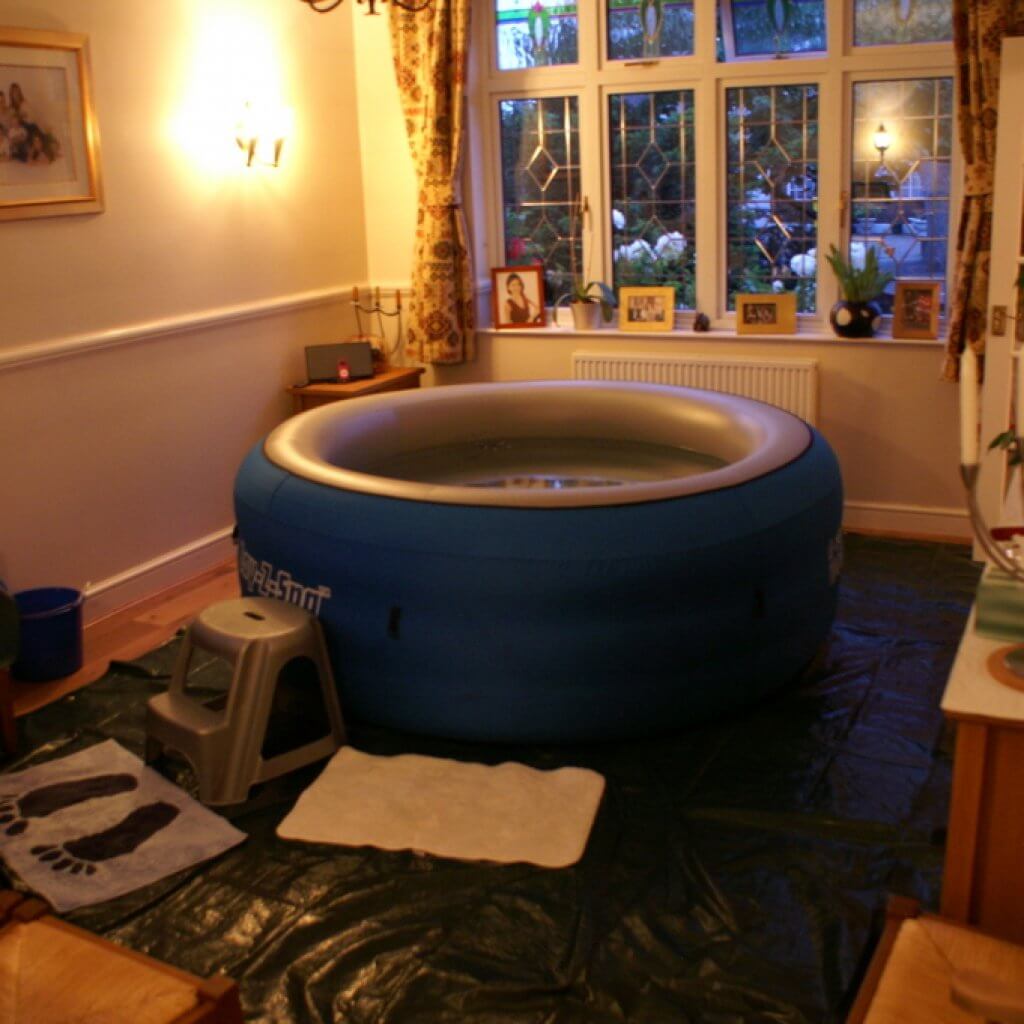
If you are thinking about doing a home birth or a water birth, it is important to take a few factors into consideration. These sorts of births are perfectly safe with low to moderate risk mothers. However, if certain medical conditions are present, such as diabetes, herpes (for water births), preeclampsia, or premature delivery, you will need a hospital to ensure optimal safety. Twin births have been successfully done at home or in water, but do add a level of risk. Be sure to consult your doctor and be aware of any medical issues before looking into an in-home or water birth.
If you still have reservations about the idea of birthing outside of the hospital setting, be sure to ask around if you have any friends who have opted for the in-home or water birthing method to hear their experience. This will help to give you a better idea of what to expect, and put your mind at ease about the idea. Be prepared to have some friends or family members be skeptical about the idea if you decide on a home or water birth. If you’ve consulted a doctor and are all clear to decide on the options, trust your gut and remember that the decision is all yours to do what you believe is best for you and your baby.







